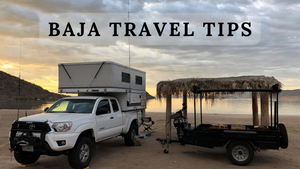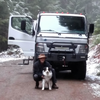Getting Started
I remember the day well. It was a cold March morning in Sisters Oregon. My good friend Rick and I were enjoying a cup of coffee at a shop named after our town. That is what you do when the temperature is below 20 degrees. Pictures of warm days, white sand and glass-like turquoise bays framed our conversation. Rick had just ordered his Four Wheel Camper Hawk. He was excited and wanted to talk about its maiden voyage to Baja MX. The prospect of exploring remote beaches and sampling new tequila would make the wait for his camper tolerable. He had visited Baja before and the pull to return was as good and strong as the dark-roasted coffee.
A middle-aged couple at a nearby table overheard our conversation. They leaned over and seemed to ask in unison ‘Is it safe to travel in Baja MX? We have always wanted to go but were unsure.’ It is a question and statement Gretchen and I hear often. Rick raised the same concern before his first trip to Baja. Our short answer has not changed. ‘We believe so, but some knowledge can certainly reduce the risk.’
We were first introduced to Baja California 20 years ago. An opportunity surfaced to build a casita (small home) in a sleepy fishing village an hour from the tip of the peninsula. For more than a decade, we enjoyed the community and made a lot of friends. Sunrises over the Sea of Cortez were always breathtaking and especially memorable while motoring to our favorite fishing grounds. After retirement, we began taking our time driving the length of Baja. What was once a four day 2200 mile marathon drive from Oregon, quickly extended to four weeks. We started meandering down the peninsula and discovered many previously unseen treasures. We explored Baja rather than just drove it. One day, we traveled only two miles before we saw another quiet cove to land for a day or three. The journey had finally become the destination. Our camper became home.
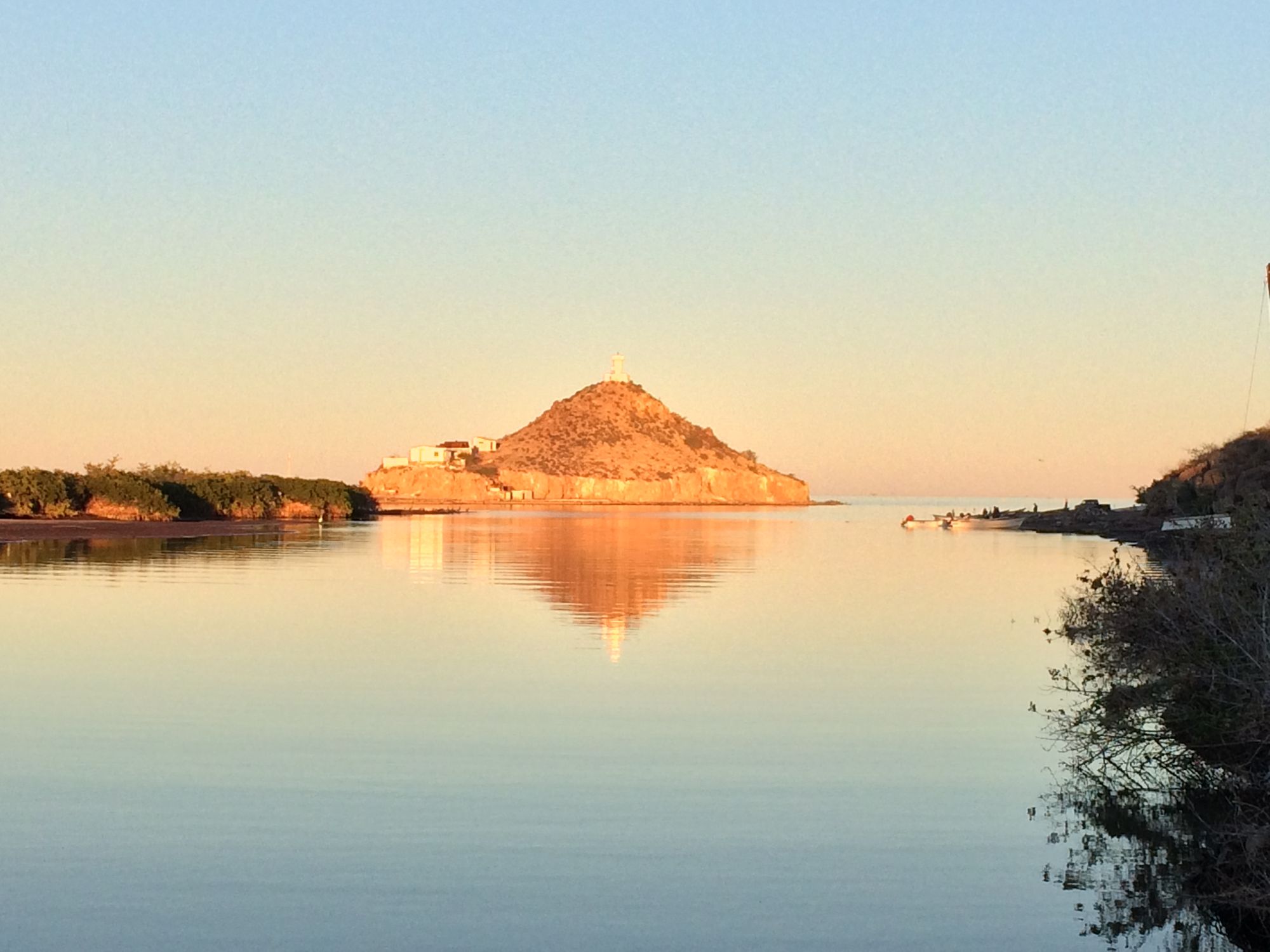
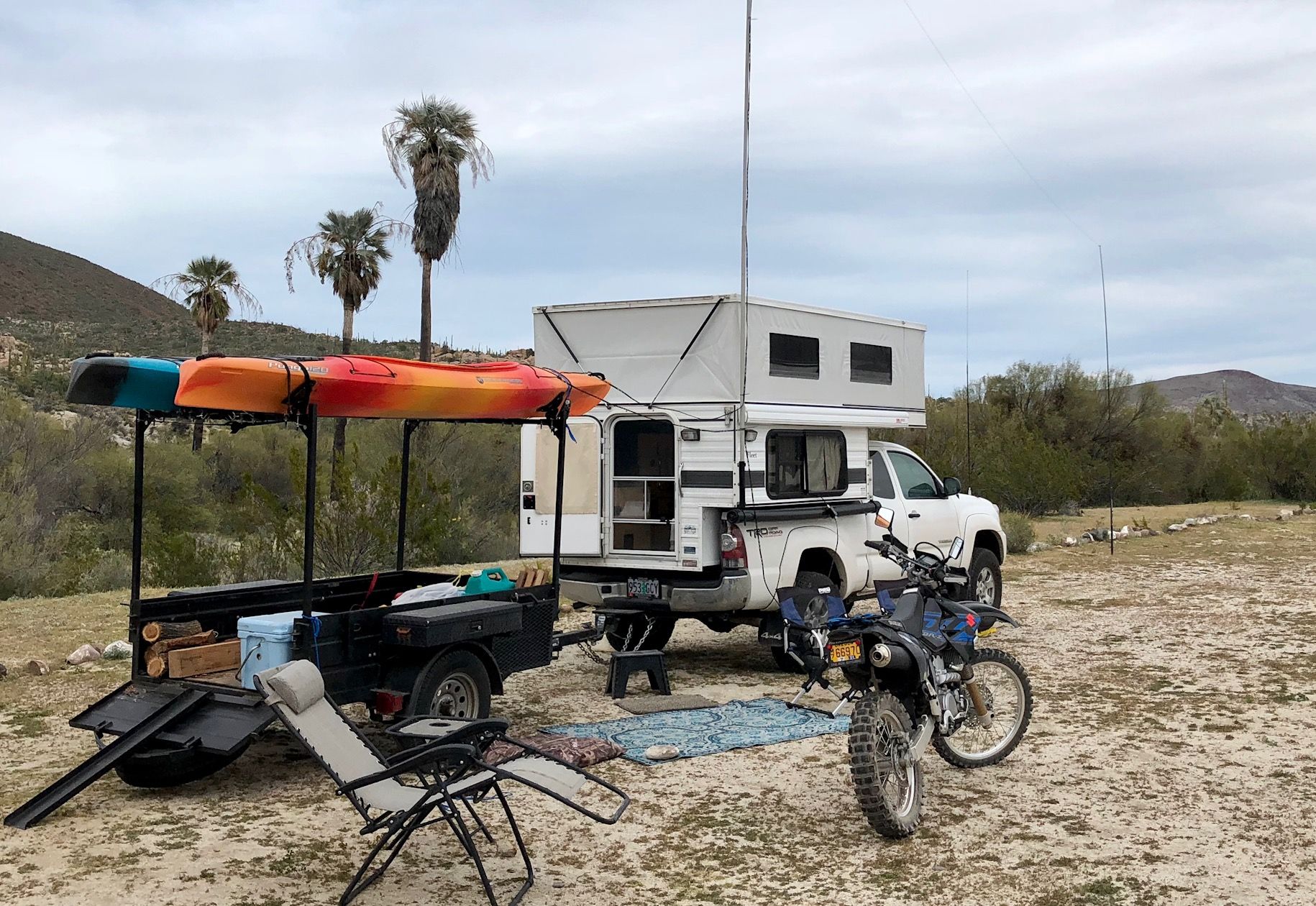
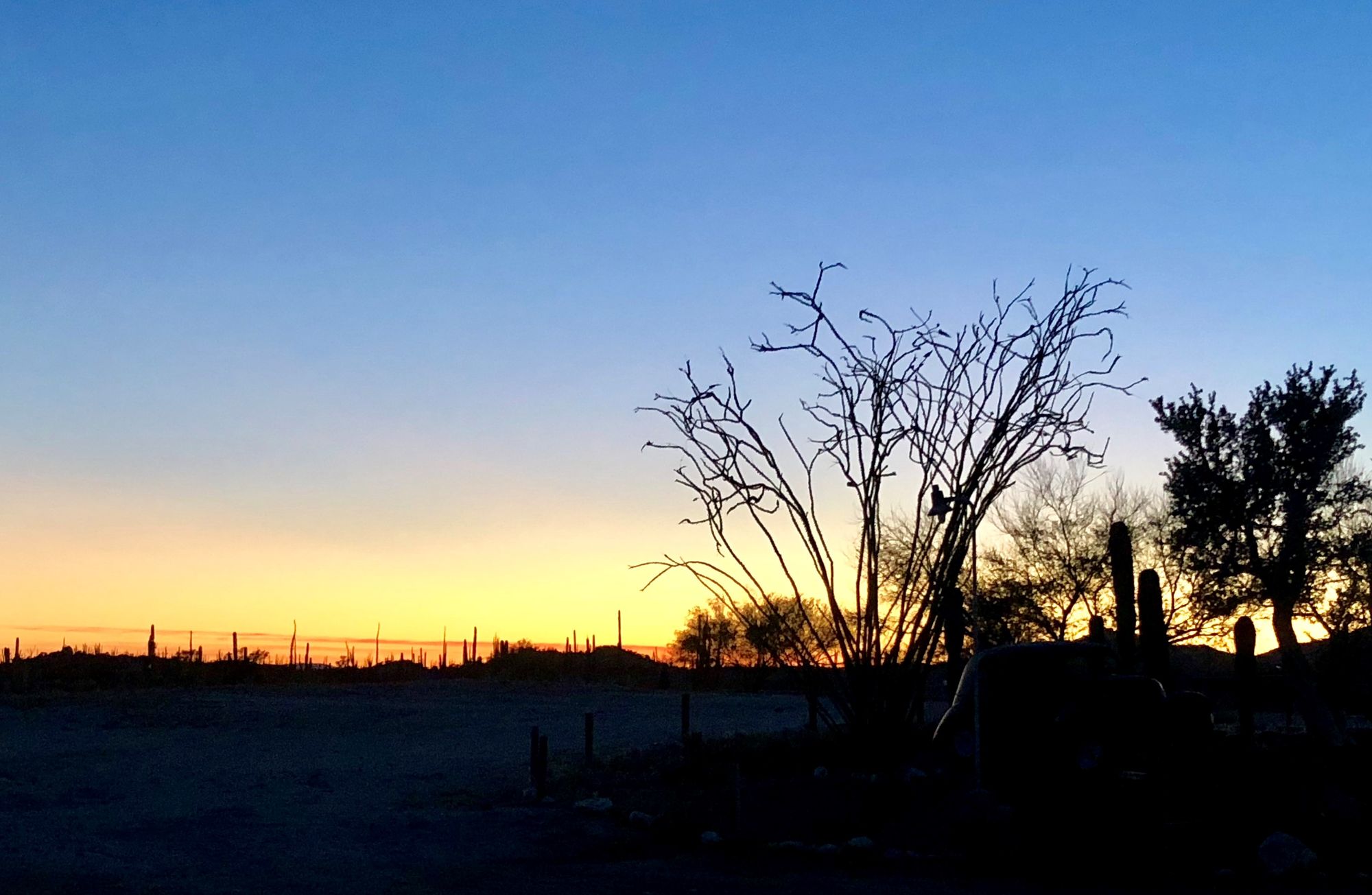
Each trip to Baja is a little different. One year we may be traveling alone and the next with a group of friends. That keeps it fresh and fun. Three years ago, the wild flower bloom and colorful cactus near the oasis of Catavina was simply captivating. On the Bay of Concepcion, we have witnessed days on end when the only ripple on the water was from a kayak. In Guerrero Negro, the whales have welcomed a boat-side scratch while in Magdalena Bay we have bought fresh blue shrimp and scallops for dimes on the dollar. Mulege, San Carlos and La Ventana are but a few towns in Baja that always surprise. After countless miles and a few trials, we always return to Baja wanting more.
Traveling in Baja for the first time can be a little unsettling, especially while navigating the border towns. The following tips are not meant to be comprehensive or definitive. They are simply a collection of key learnings that have served us and friends well over the years. We have also provided several travel destinations that will give you a good flavor of Baja. Gretchen and I hope they provide some guidance and insight so that you may enjoy Baja as much as we do.
Vehicle Preparation
In Baja, you will see everything from tent campers to large diesel-pusher RVs and an occasional Unimog based international overlander. The vehicle type is largely dependent on your travel preferences. If you plan to stay on MX 1 (the main highway which runs the length of the peninsula) or well-known secondary roads, then small or large 2WD vehicles will perform well. However, if your desire is to explore the smaller towns or missions, or camp on pristine beaches then a higher clearance 4WD rig is required.
Aside from early Jeep trips, almost all of our Baja overlanding has been done in a Toyota Tacoma equipped with a Four Wheel Camper (FWC) Fleet. We like this setup for several reasons. It is reliable, lightweight and very capable. We are able to seek out campsites that are off limit to larger rigs. Driving up sand filled arroyos lined with boulders or low limbed mesquite trees to view ancient petroglyphs is part of the adventure. Many of the best beaches require you to travel in and out of washes or over rock rough terrain (that will present a problem for low clearance vehicles). Make sure your rig adequately matches your travel expectations and needs. For example, when a trip calls for kayaks, motorcycles or extra gear, we tow our rugged ‘Baja Buggy’ trailer. However, this configuration can limit our exploration or camping options.
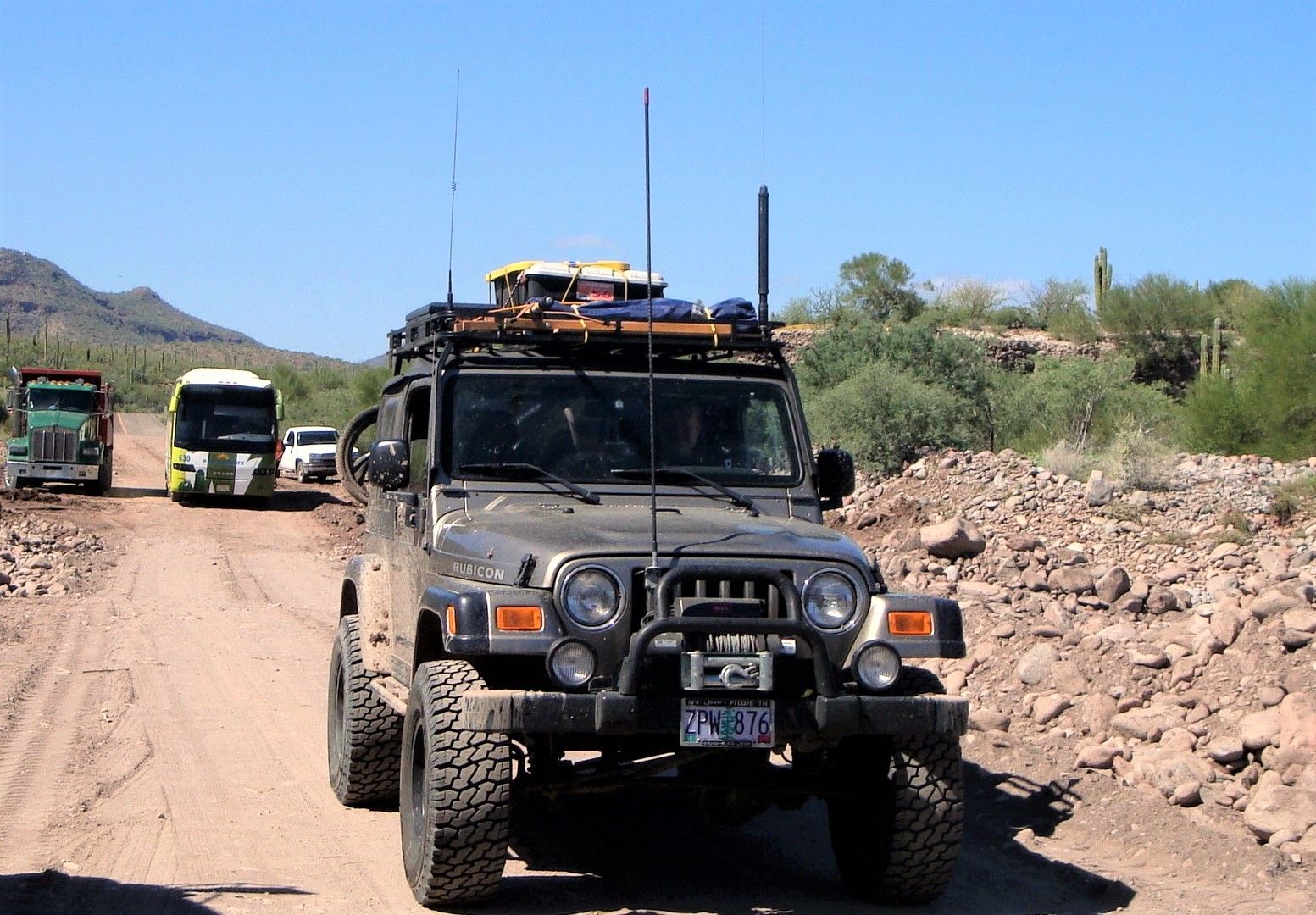
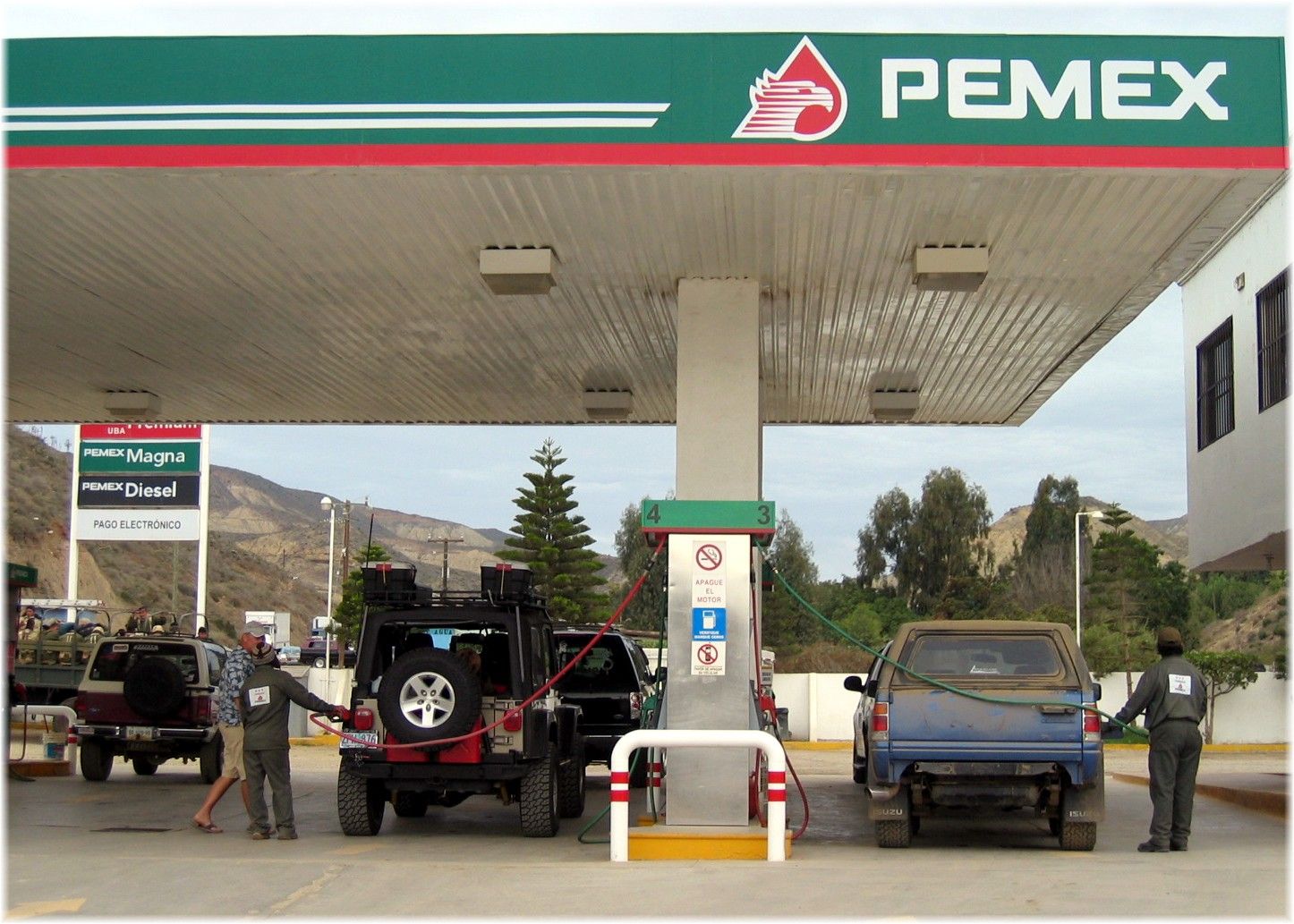
Regardless of your vehicle, make sure it is serviced before crossing the border. Tires should be new or have plenty of tread left. Change or fill fluids and inspect all hoses. Check the condition of your battery. Although vehicles can be serviced by competent mechanics in Baja, there are long stretches of highway where even small towns are scarce. There are also a few accessories to consider. An air compressor, tire pressure gauge and traction boards are invaluable for washboards, arroyos and the beaches. A spare gas can(s) will get you that extra 30 miles and a tire repair or plug kit can keep you rolling. Diesel #2 is available at almost every Pemex station in Baja. (Make sure when filling up that the attendant [first] resets the gas meter to zero.) If you drive a newer diesel, carry extra DEF as it is rarely found in smaller towns.
When to Travel
After years of traveling Baja, Gretchen and I prefer two seasonal windows. Fall and spring. October and November is a good time for several reasons. The weather is moderate with little wind and the hurricane season has passed. The beaches are quiet. The majority of the annual migration of snowbirds will not arrive for another month. We also like April. The snowbirds head north and the winds begin to subside. There are more glass-like days on the Sea of Cortez. Temperatures are usually in the 80’s. Perfect conditions for kayaking and fishing.

Documents and Border Crossings
A decade or more ago, you could spend a lot of time at the Mexican border filling out visa paperwork, finding a bank to pay the fees and then returning to customs to get your passport stamped. Thankfully, companies like Discover Baja (https://www.discoverbaja.com/) make the border crossing a lot easier. For a nominal annual membership, they will pre-process all your paperwork and fees about a month prior to your departure. At the border, you will only need to have your passport stamped. Discover Baja also offers automobile insurance and provides a help line.
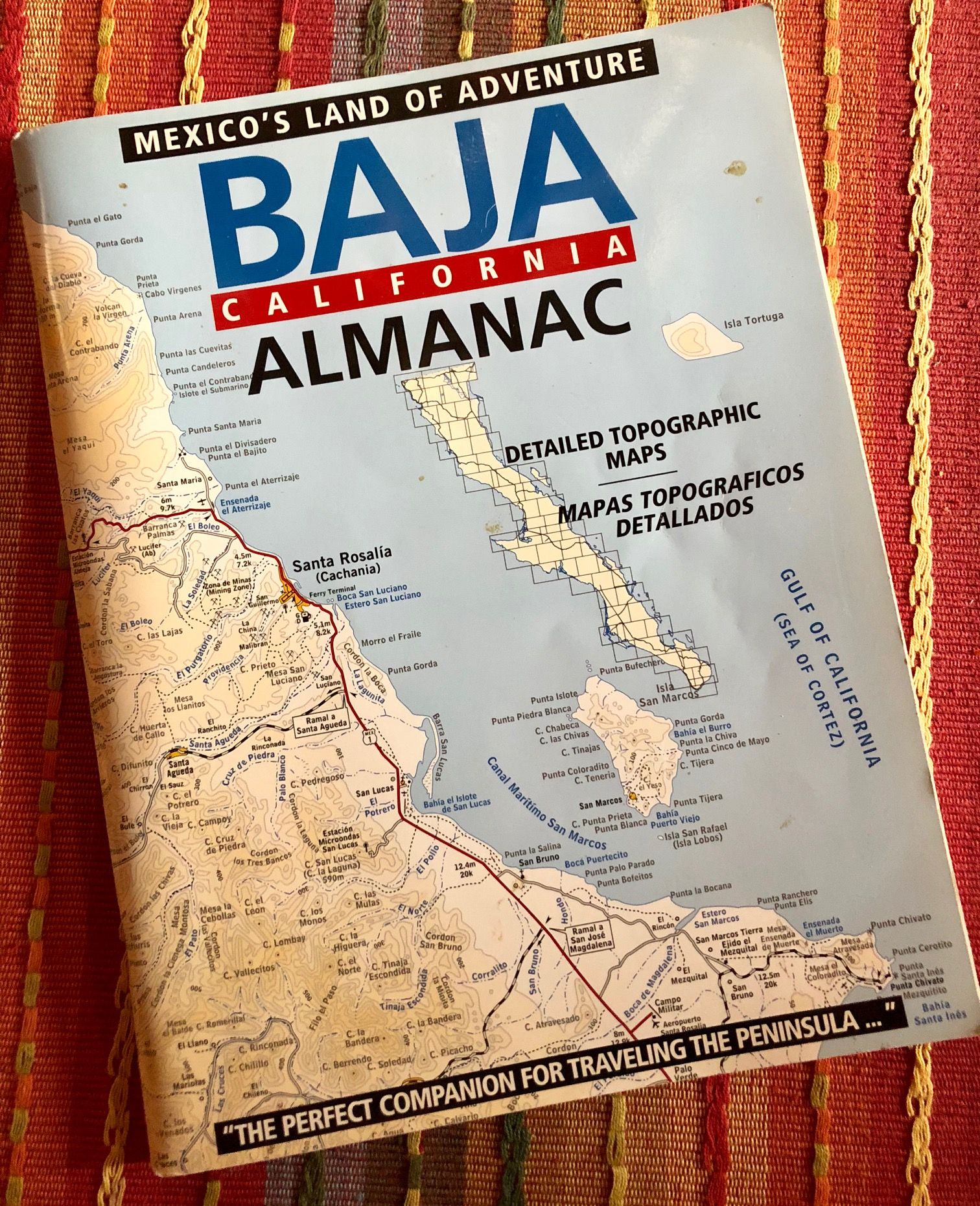
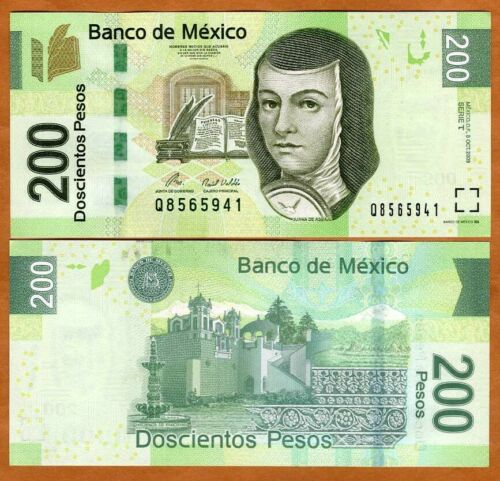
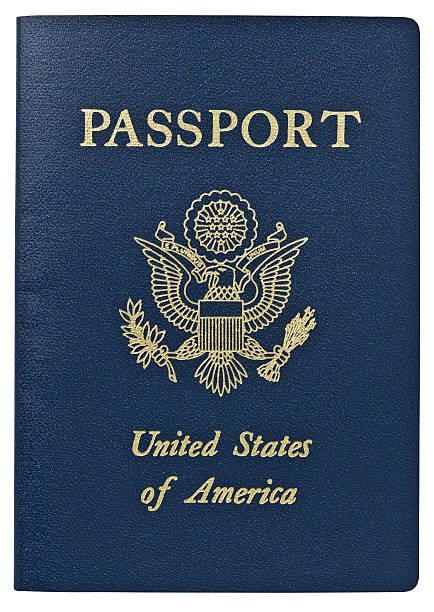
There are three primary border crossings into Baja. If you are more interested in San Felipe and getting south to the Sea of Cortez quickly, then we would recommend going through Mexicali. With a little luck, you could cross the border at 8am and be enjoying a beer in Bahia de Los Angeles by 2pm. If you are interested in Baja’s wine country, the Ruta de Vina is best reached through Tecate. Tecate is an easy border crossing with only two turns and 10 miles before you get into the countryside. Ensenada and the Pacific Ocean are less than two hours away. We hesitate to suggest Tijuana. It is simply too congested.
Before crossing the border, we advise that you leave a copy of your travel documents, passport and Mexican insurance with a friend in the USA. Also, make a good laminated color copy of your driver’s license and carry that with you. If asked by the Policia show them the copy.
Bring a good map of Baja and a GPS loaded with the proper maps. The Baja Almanac, if you can still find one, is the gold standard for overlanding. However, Discover Baja now offers an atlas that is also very good.
Finally, we advise that you obtain several thousand pesos (about $150 USD) prior to crossing the border so that you have some ‘working cash’ at the start of your trip. All along the Baja peninsula there are banks like Banamex or HSBC that have ATMs with reasonable exchange rates.
Obey the Tope... and Military Checkpoints
In Mexico, a speed bump is called a Tope (pronounced Toe Pay). They vary from large mounds across the highway or painted stripes. A Tope can also appear in the most remote locations. From a distance it is often difficult to discern what you will encounter. One thing is certain, you will misjudge a tope sooner or later. After a surprise encounter with a rather large tope near Loretto, Gretchen and I were busy for the next hour putting everything back into the camper cupboards.
Each year, the roads in Baja get better. The new highway that runs from Mexicali to MX 1 is well constructed and even includes passing lanes. However, most of MX 1 is a two-lane highway with little to no shoulder and tire pounding potholes. There are also mountainous curves leading in and out of central Baja that require your complete attention. It is not uncommon to see a lone cow or two beside the road. Except for a few lights in the small towns, the Baja desert is dark and lonely. For all these reasons, avoid driving at night.
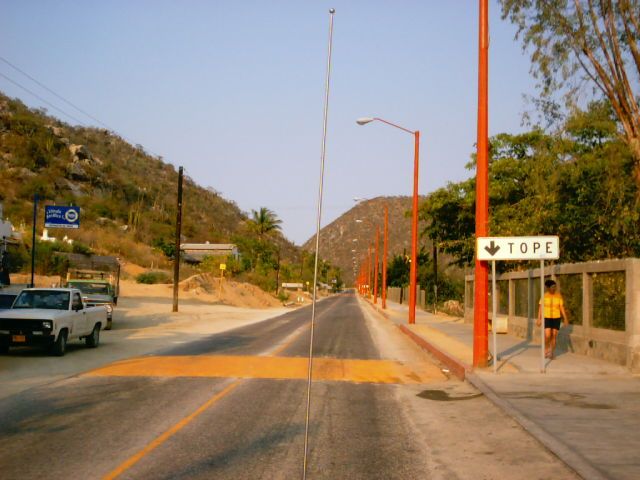
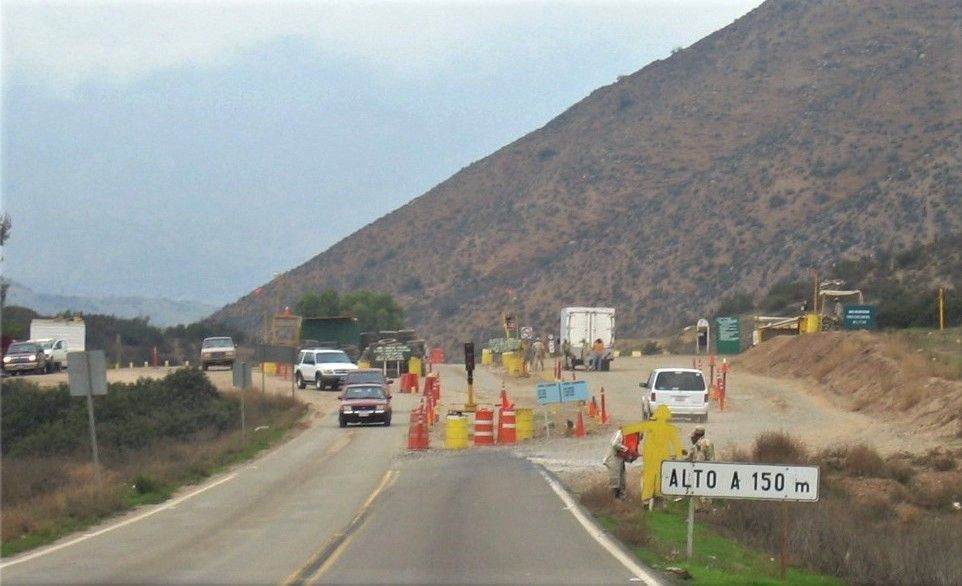
There are approximately eight military checkpoints along the 1000 mile drive of the Baja peninsula. Although they can be a little intimidating for the first time traveler, they exist for good reasons – to prevent movement of illegal substances, weapons and / or persons. It is common to be waived through during the drive south but expect some delays on the return north. You will typically be greeted by a military soldier and asked ‘Where are you coming from and where you are going?’. (‘De donde viene y a donde va?’). You may also be asked to open your camper (‘Abre tu caravan por favor’). We have experienced everything from a cursory inspection to a thorough search of our camper. We have a few recommendations: Be courteous and honest and if traveling alone, request they complete the cab inspection before moving to the camper so you can be present. While we do not condone any form of bribery, if the conditions are hot, offering a bottle of water is a nice gesture. Most of the soldiers are young men from mainland Mexico and they warm to a little kindness and respect.
Finally, learn a few common, situational, Spanish phrases. On a recent trip, a friend was so nervous at the checkpoint that when asked to turn off his engine, his said ‘No hablo English’. (I do not speak any English.) Needless to say, we got some mileage out of that funny moment.
It is early morning in a private pirate cove off the Sea of Cortez. The heat waves from the asphalt of central Baja have been replaced with a single small wave that laps the beach. The rear end of our camper is but a few feet away. I look out the window trying not to wake my wife. Three sailboats are moored off shore. The sun has just peaked over the horizon casting light rays across the water and reflecting off their masts. With each minute, the morning gets older. It is dead calm except for the sound of a few gulls on a nearby island. I wonder what is on the other side. A perfect day for kayaking. I need to remember to put tamales in our lunch.
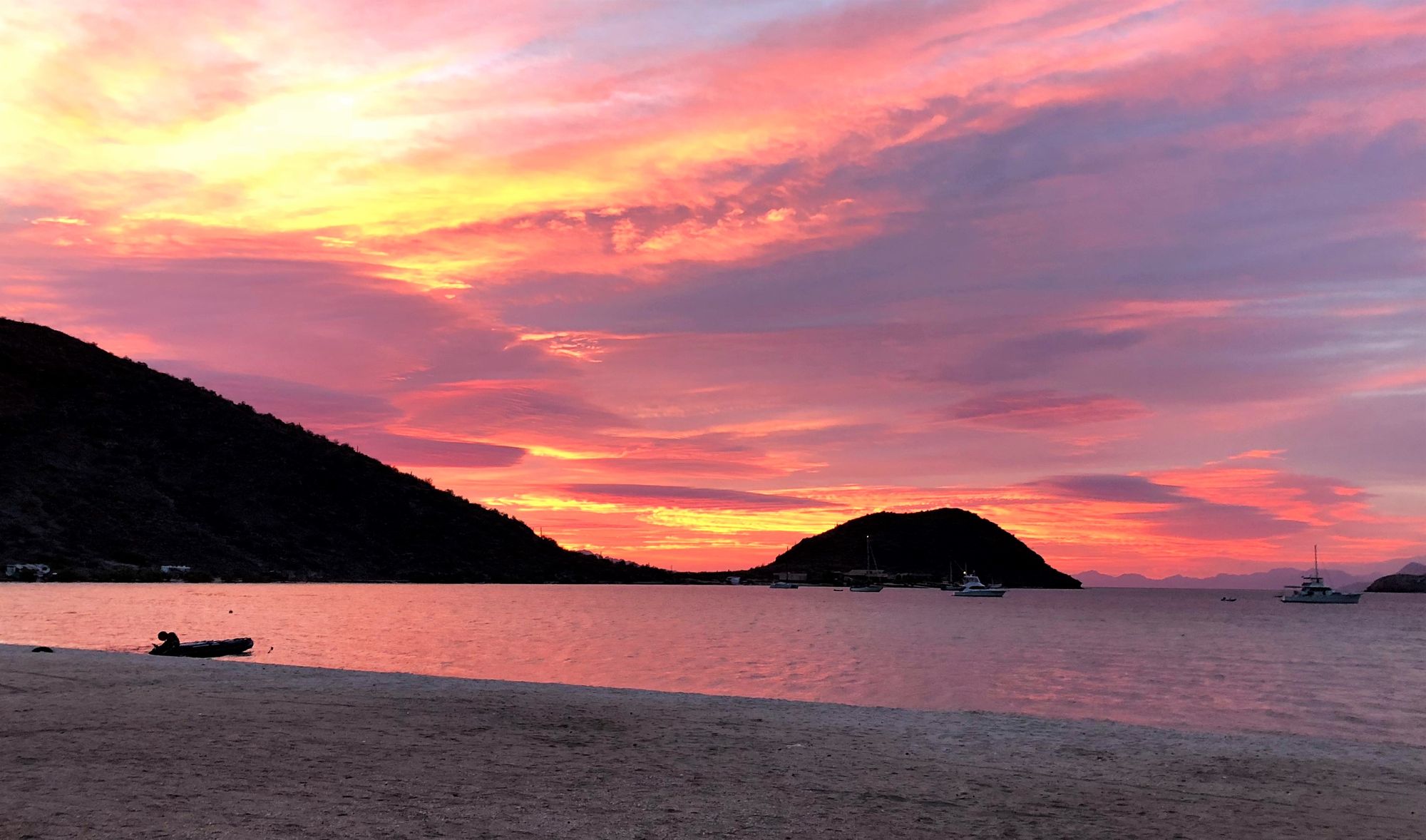
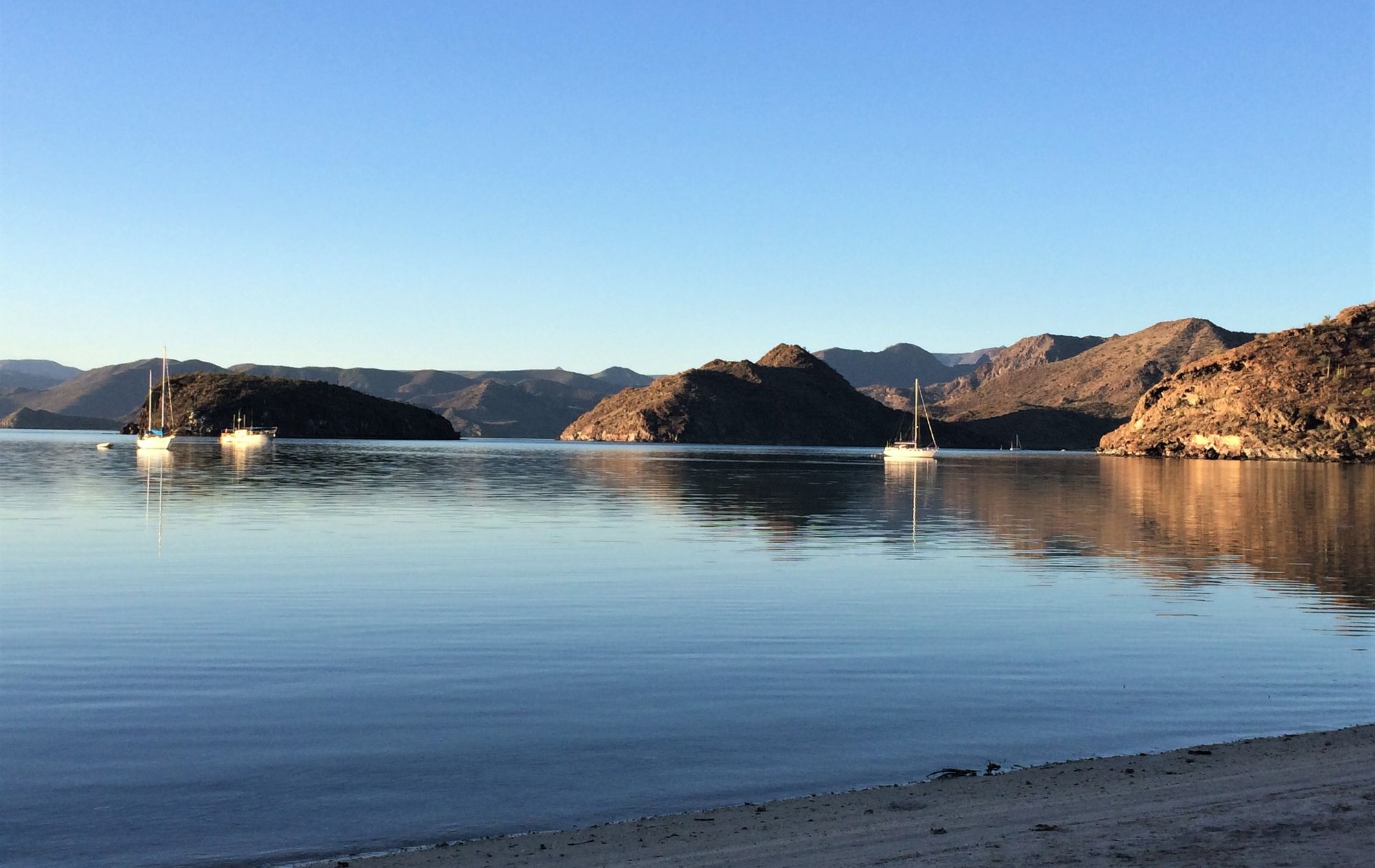
Food, Water, Propane and Cerveza
One of the delectable delights of Baja is the food. It is plentiful and inexpensive. We often tell first time travelers to pack only enough food to get them to the border and one or two days beyond. There really is no need to stuff your refrigerator and storage compartments with extra food – unless you have special dietary needs. Once below the border towns, we usually do a grocery stop at one of the larger stores like Calimax. They have a large selection of fresh meats and vegetables and their bakery produces some mouth-watering treats. Finding that special item, which you cannot get in the states can be a lot of fun.
Water quality and availability can be another concern of travelers. In general, we avoid drinking water from spigots or similar sources and always ask for bottled water in restaurants. Every grocery store, mini-mercado (small market) or gas station carries small and large bottles of water. Larger cities like San Quintin, Mulege and Constitution (to name a few) have Agua-Purificada stations where you can fill your rig with potable water for pennies a gallon. You will need to look around a little for propane. It is readily available but filling locations are generally tucked away. Of course, there is always beer. A trip through any Baja town will reveal mini-mercado’s painted in the colors of Tecate, Pacifico, Modelo and Dos Equis. Be sure to ask for their coldest selection… ‘Donde esta tu cerveza que es mas fria?’
The storm had blown through. Our time in Mulege was rich and productive. We pressed through emails while munching through lunch at the local internet café. The camper refrigerator, water and propane tanks were at capacity. But, our pleasant disinterest in time was now capturing our attention. We needed to get down the road. Two hours later, daylight was beginning to wane as we approached a place to camp. The beach looked peaceful but I was not. I had a growing concern over a severely bent suspension support bracket. It would not survive another day of roads rock-washed from the arroyos. The ‘No Service’ symbol on my cell phone seemed a little larger than usual. At 7pm I contacted Ralph, who lives in Baja, on my Ham radio and explained the situation. He would be at my location the next morning – welder in hand – if I could not get it repaired at a ‘taller de soldadura’ (welding shop). Good communications is invaluable.
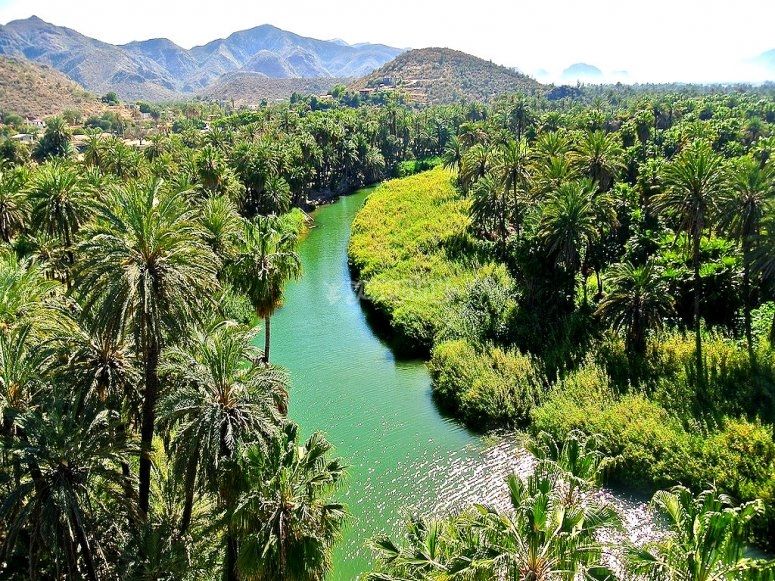
Communications
Much of Baja now has cell coverage. That was not the case a decade ago. Even today, cell service in cities like Bahia de Los Angeles and stretches of the Bay of Concepcion, or between Constitution and La Paz, is at best intermittent or non-existent. Check with your US-based service provider for MX plans. In recent years, Verizon and ATT have partnered with MX carriers to improve coverage. When cell service is not available, you should consider alternative solutions – especially in an emergency. A SAT phone or a simple GPS Satellite locator, like a Garmin In Reach can let others know how you are doing or signal for help. Of course, Ham radio is an excellent option but requires a license to operate. (Using an application like Winlink, you can even send emails over a Ham radio.)
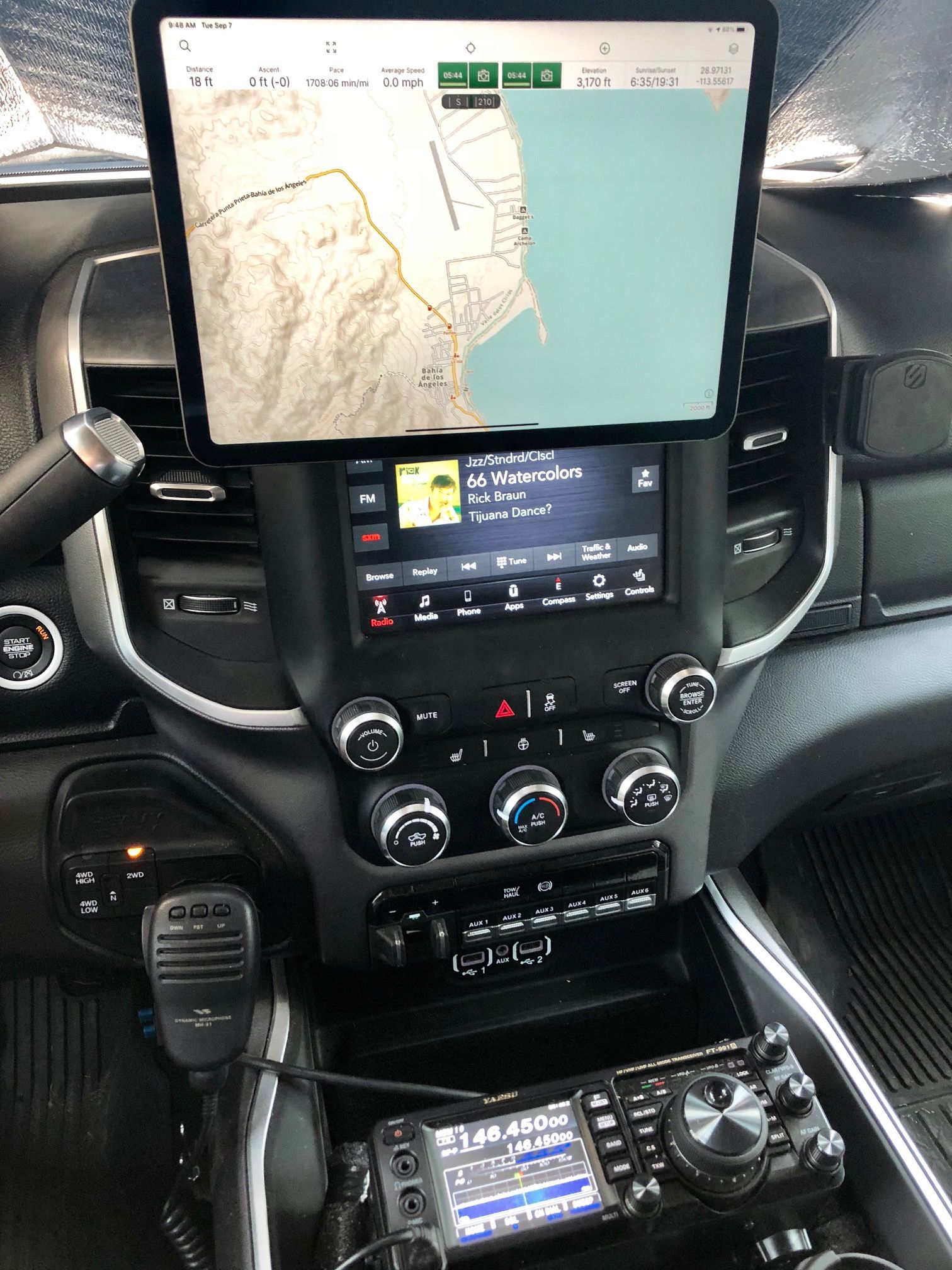
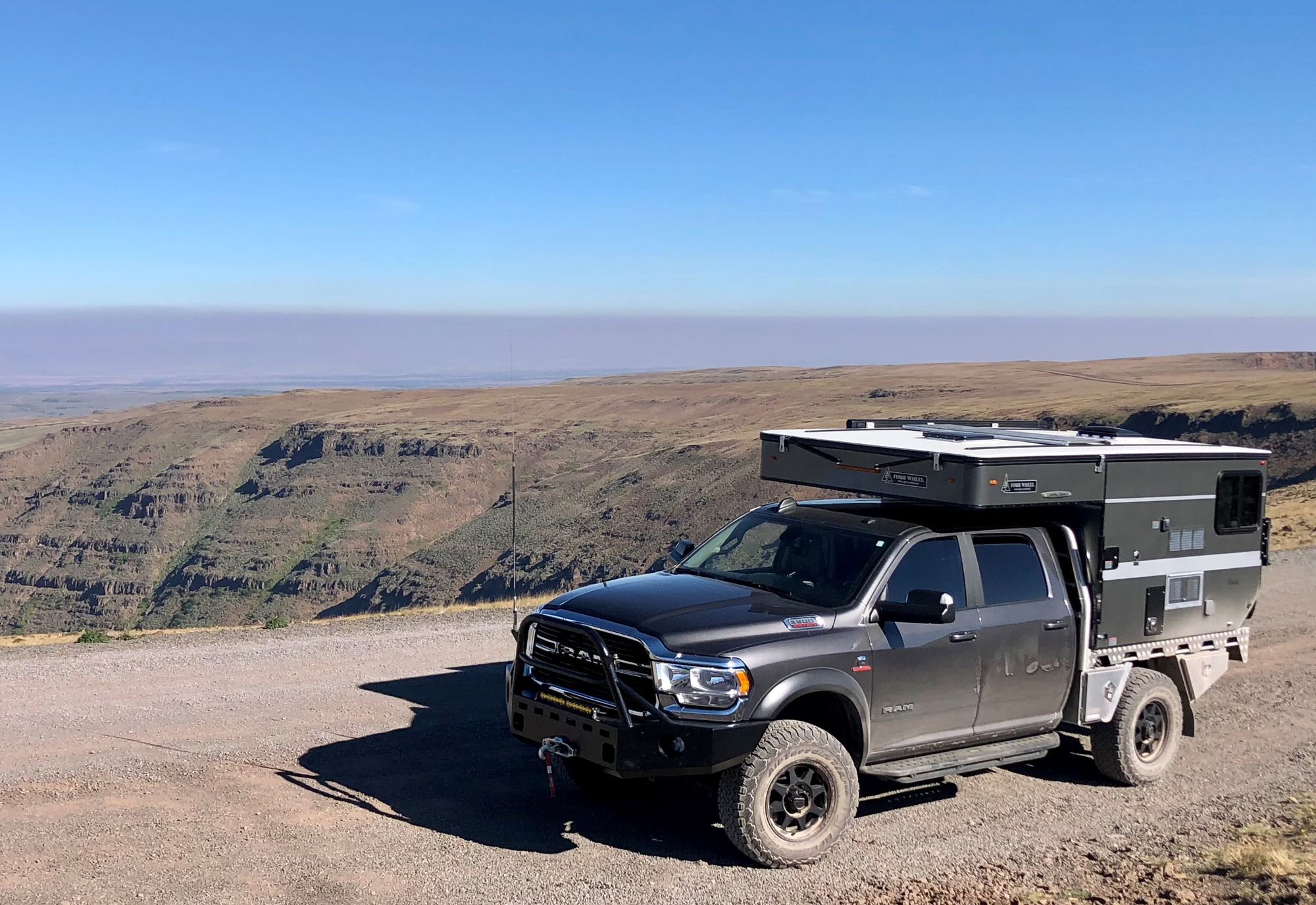
When traveling Baja in a group, we always use mobile radios. They are great for pointing out sights of interest, identifying road hazards or requesting fuel or food stops. The new class of GRMS and FRS radios perform very well and are inexpensive. Even a CB works well for short distances and the Mexican truckers love them!
Some Final Tips
Put on your Baja goggles. If you have limited travel experience in poorer countries, it may take a little time adjusting to some of the conditions. We find this is easily offset by the natural beauty of the area and the kind people we meet along the way.
Camping facilities in Baja are commonly referred to as RV Parks. Some have dedicated spots with palapa shade covers, WiFi cafes and clean showers. Others are a dirt lot with suspect water and rudimentary pit toilets. All the locations that we recommend are fairly clean by Baja standards and are routinely frequented by Americans and Canadians. Just remember that the presence of an electrical outlet does not necessarily mean it has power and bathrooms do not always have toilet paper. No problema… bring your own!
Until you are comfortable traveling in Baja, we recommend that you do not camp alone. Simply stated, you will have a more relaxing time. If a potential campsite off the highway looks too good to be true and no one is around, there may be a reason. Gretchen and I have spent many nights boon docking alone in Baja and feel very safe. However, we know the area and always camp where we cannot be seen or easily accessed from a main highway.
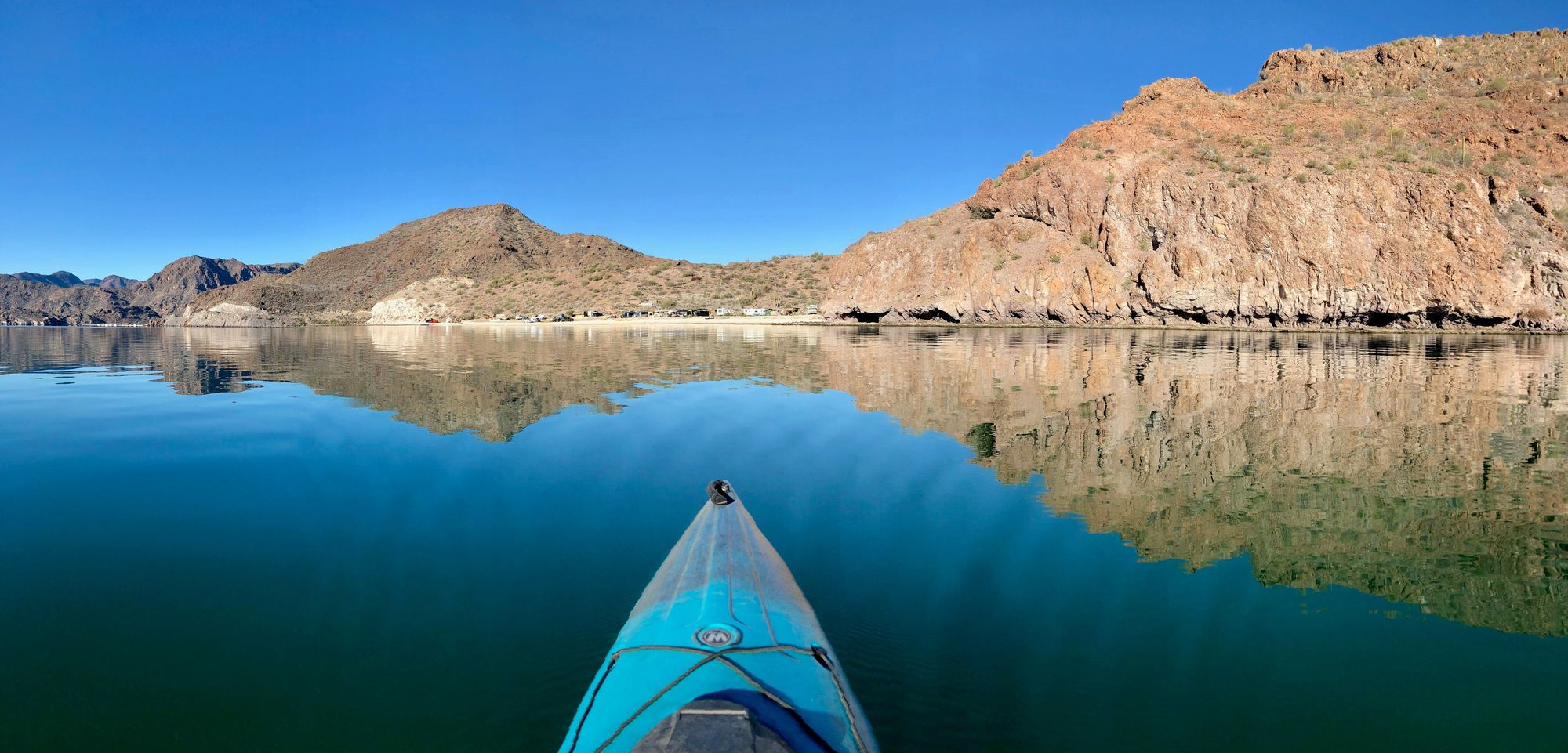
Baja Travel Tips - Part 2
A Road Tour of Baja and some of our favorite places will be highlighted in this next series of Baja Travel Tips. Until then, adios amigos.
Gary and Gretchen Matos


